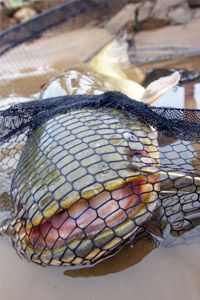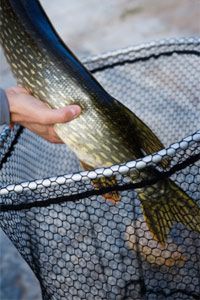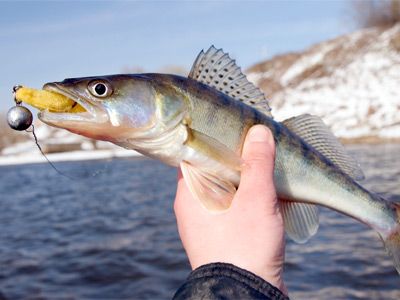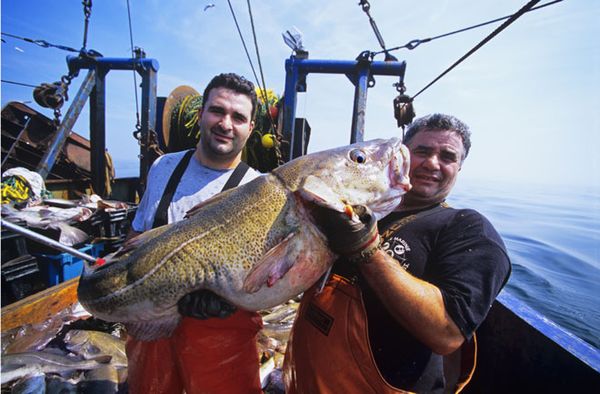Everyone has heard a good catfish story, right? It starts off with the person telling the story describing the staggering size of the fish. And then the storyteller's arms stretch farther and farther apart until the listeners start yawning and rolling their eyes. Well, it turns out that you can catch a giant catfish -- if you have the right moves. Then you can mount your catch on the wall and bask in your success.
There are many different catfishing techniques, but these four have proven to be extremely successful:
Advertisement
- Jug fishing
- Trotlines
- Throw lines
- Limb lines
Although these techniques might help you hook a catfish, there are a few basic things to consider before you get out on the water. First, bring a partner. Not only is fishing with a friend more fun, but handling long lengths of line strung with big, heavy hooks and sloppy bait can be pretty tricky -- especially if you are trying to maneuver a boat at the same time.
Second, it's important to know how much weight your fishing line will need. Weights can be as simple as heavy sinkers or as extravagant as cement blocks. The amount of weight you'll need depends on the type of water you're fishing in, and the type of line you're using. And finally, it's important to choose the right bait. Some of the best catfish bait includes crawdads, live or dead minnows, worms, shad, bluegill and clams [source: Catfished]. You can also use chicken livers and dip baits [source: Samsel]. But whichever bait you decide to go with, it needs to stay on the hook for an extended period of time. And it should also be able to withstand a fair amount of movement without falling off the hook.
Now that we've covered the basics, let's explore the different fishing techniques.
Advertisement



